
Puffin
Puffin
Puffin
Have you heard of a bird called a puffin? It’s a humorous and cute seabird with a large, colorful beak and a slightly troubled-looking face. Although it is a bird, it can swim in the sea as if it were flying. There seems to be a lot to learn about puffins. Let’s look it up!
Puffin Basic Infomation
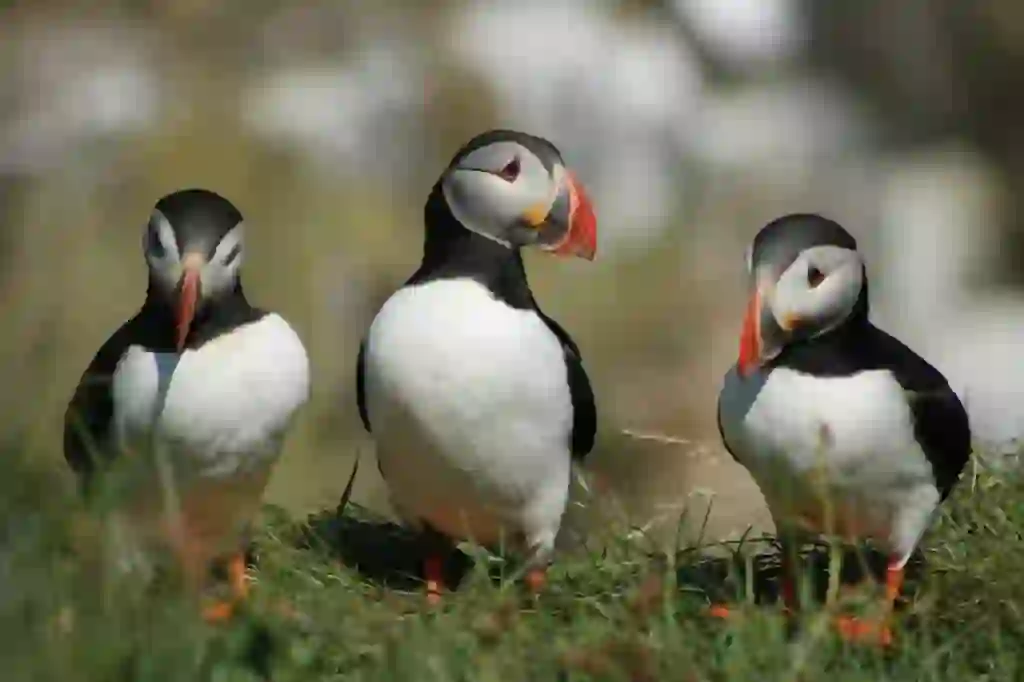
Charadriiformes, Alcidae, Puffin genus. Puffin seeds: The three types of Horned Puffin, Atlantic Puffin, and Tufted Puffin are collectively called puffins.
Horned Puffin (Scientific : Fratercula corniculata). Atlantic Puffin (Scientific : Fratercula arctica). Tufted Puffin (Scientific : Fratercula cirrhata).
Length: Horned Puffin about 40cm. Atlantic Puffin about 28-34cm. Tufted Puffin about 40cm.
Weight: Atlantic Puffin about 400g. Tufted Puffin about 700-900g.
Habitat: Horned Puffin North Pacific. Atlantic Puffin North Atlantic. Tufted Puffin North Atlantic.
Both male and female Horned Puffins and Atlantic Puffins have white feathers on their chest, belly, and undertail coverts, while the rest of their body is black. Their legs are orange to red. They have thin black markings above and behind their eyes, which makes it look like they have horns growing out of their eyes. Because they have colorful beaks, puffins are also called “sea parrots” or “sea clowns.” Tufted Puffin is entirely black, but its face turns white in the summer, and it has yellow ornamental feathers hanging behind its eyes. During the winter months (September to February), the puffin’s beak is dull, but during the breeding season (spring to summer: March to August), it becomes bright and colorful. The chick’s beak is generally a dull gray color.
Puffins spend their winters at sea, but when it gets warmer, they create colonies (places where the same or multiple species of creatures live in groups) along the coast to breed.
Puffin couples dig burrows on the cliffs facing the sea and live by laying grass and feathers. Couples are monogamous, and the mother bird lays one egg from May to July. When the mother bird and father bird take turns incubating the egg for about five weeks, a chick hatches.
Puffin parents dive into the sea to catch fish, bring them back to the nest with many fish in their beaks, and give them to their chicks. In August, the parents stop feeding the chicks and begin preparing for fledging. The hungry chicks can no longer endure hunger and eventually spread their wings, fly towards the sea, and seek food. Puffin chicks take off relying on moonlight, so fledging is done at night.
It takes five years for a chick to become an adult capable of breeding, and until then, it lives on the sea. Also, during non-breeding periods, they spend most of their lives at sea. When they are on the sea, they rest by floating on the water and can also fly in the air. The lifespan of puffins is generally about 18 to 20 years, but there are survival examples of more than 33 years.
Atlantic Puffins and Tufted Puffins are designated as endangered species. The reasons for the decrease in the number of these birds include overfishing and food shortages due to climate change.
In Japan, Tufted Puffins used to breed on the islands of eastern Hokkaido, but their numbers decreased sharply in the 1970s. Currently, they breed only on Yururi Island and Moyururi Island in Nemuro City.
Puffin Q&A

Features of the body of puffins.
Both male and female Horned Puffins and Atlantic Puffins have white feathers on their chest, belly, and undertail coverts, while the rest of their body is black. Their legs are orange to red. They have thin black markings above and behind their eyes, which makes it look like they have horns growing out of their eyes. Because they have colorful beaks, puffins are also called “sea parrots” or “sea clowns.” Tufted Puffin is entirely black, but its face turns white in the summer, and it has yellow ornamental feathers hanging behind its eyes. During the winter months (September to February), the puffin’s beak is dull, but during the breeding season (spring to summer: March to August), it becomes bright and colorful. The chick’s beak is generally a dull gray color.
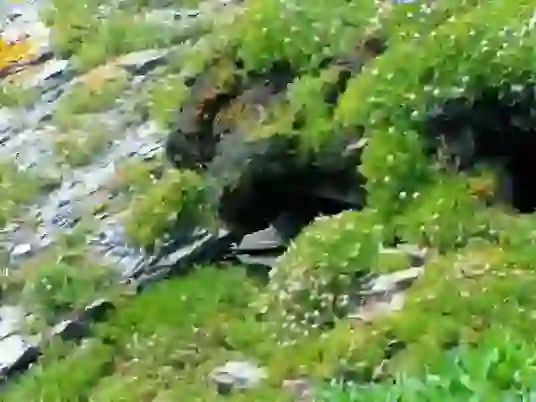
Puffin ecology.
Puffins spend their winters at sea, but when it gets warmer, they create colonies (places where the same or multiple species of creatures live in groups) along the coast to breed.
Puffin couples dig burrows on the cliffs facing the sea and live by laying grass and feathers. Couples are monogamous, and the mother bird lays one egg from May to July. When the mother bird and father bird take turns incubating the egg for about five weeks, a chick hatches.
Puffin parents dive into the sea to catch fish, bring them back to the nest with many fish in their beaks, and give them to their chicks. In August, the parents stop feeding the chicks and begin preparing for fledging. The hungry chicks can no longer endure hunger and eventually spread their wings, fly towards the sea, and seek food. Puffin chicks take off relying on moonlight, so fledging is done at night.
It takes five years for a chick to become an adult capable of breeding, and until then, it lives on the sea. Also, during non-breeding periods, they spend most of their lives at sea. When they are on the sea, they rest by floating on the water and can also fly in the air. The lifespan of puffins is generally about 18 to 20 years, but there are survival examples of more than 33 years.
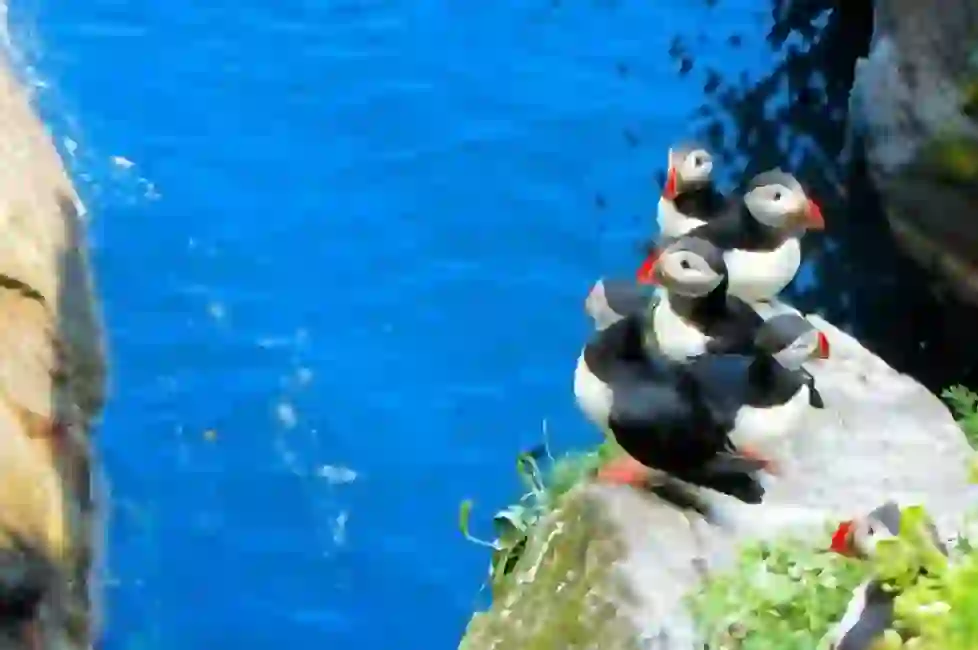
The current situation of puffins.
Atlantic Puffins and Tufted Puffins are designated as endangered species. The reasons for the decrease in the number of these birds include overfishing and food shortages due to climate change.
In Japan, Tufted Puffins used to breed on the islands of eastern Hokkaido, but their numbers decreased sharply in the 1970s. Currently, they breed only on Yururi Island and Moyururi Island in Nemuro City.

Q, What is the origin of the name of the three types of puffins?
In English, they are called “Horned Puffin,” “Atlantic Puffin,” and “Tufted Puffin,” but in Japanese, they are called “Tsunomedori,” “Nishitsunomedori,” and “Etopirika.” Here’s why they are called “Tsunomedori,” “Nishitsunomedori,” and “Etopirika” in Japanese: ・Tsunomedori. Both the Japanese and English names come from the fact that their eyes are shaped like horns (tsuno).
・Nishitsunomedori. Derived from the Tsunomedori that live in the West. The English name also means Atlantic Puffin.
・Etopirika. Derived from the Ainu word “etopirika,” which means “beautiful beak.” The English name Tufted refers to the tufted yellow-white feathers above the eyes of the Tufted Puffin.
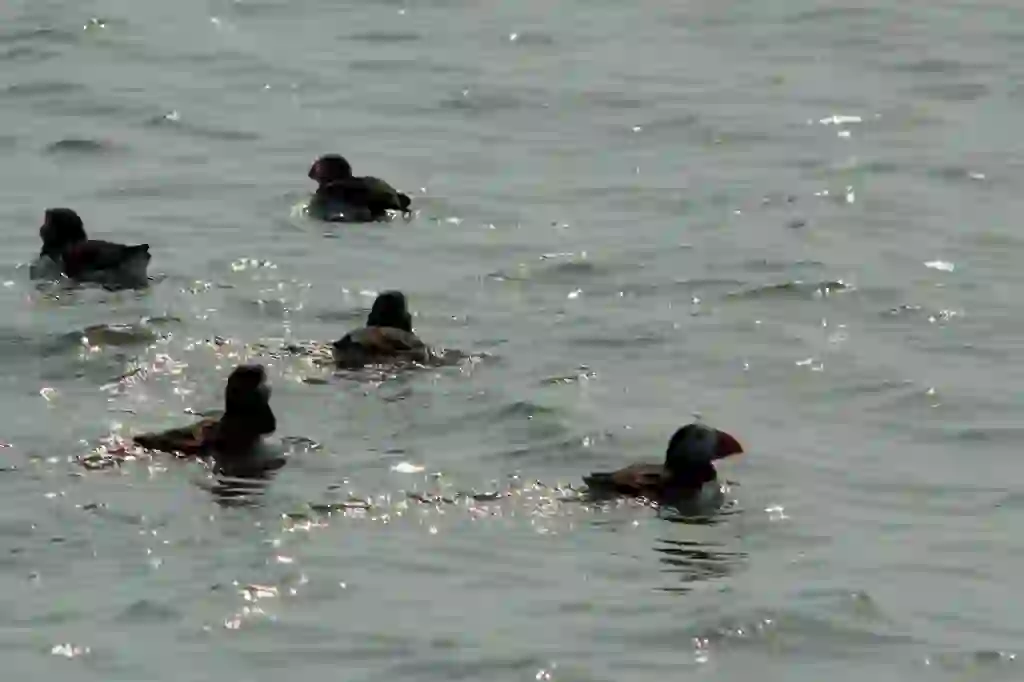
Q, Where do puffins live?
Puffins nest on cliffs facing the sea in the spring, lay eggs, and raise chicks. In winter, they leave their nests and move slightly south to spend the winter. The three species of puffins have different habitats:
・Horned Puffins breed in Kamchatka Peninsula, Chukotka Peninsula, western Alaska, along the Bering Sea and the Kuril Islands in the northern Pacific Ocean, and move slightly south in winter. ・Atlantic Puffins breed in northern Atlantic Ocean, especially in Iceland. There are many puffin nesting sites in Iceland, but the Westman Islands are known as the world’s largest colony. Skellig Michael Island in Ireland, which is the setting for the picture book “Where is Puffin? Skellig Island Adventure” (written by Erika McGann and published by Torikage Press), is also known as a nesting site for Atlantic Puffins. They leave their nests in winter and live in the Bay of Biscay, Morocco, and the western Mediterranean Sea. ・Tufted Puffins breed from April to August in various locations such as America, Canada, Japan, Russia, Okhotsk Sea, Bering Sea coast, Kuril Islands, and California coast. They live in open seas without land during non-breeding periods.
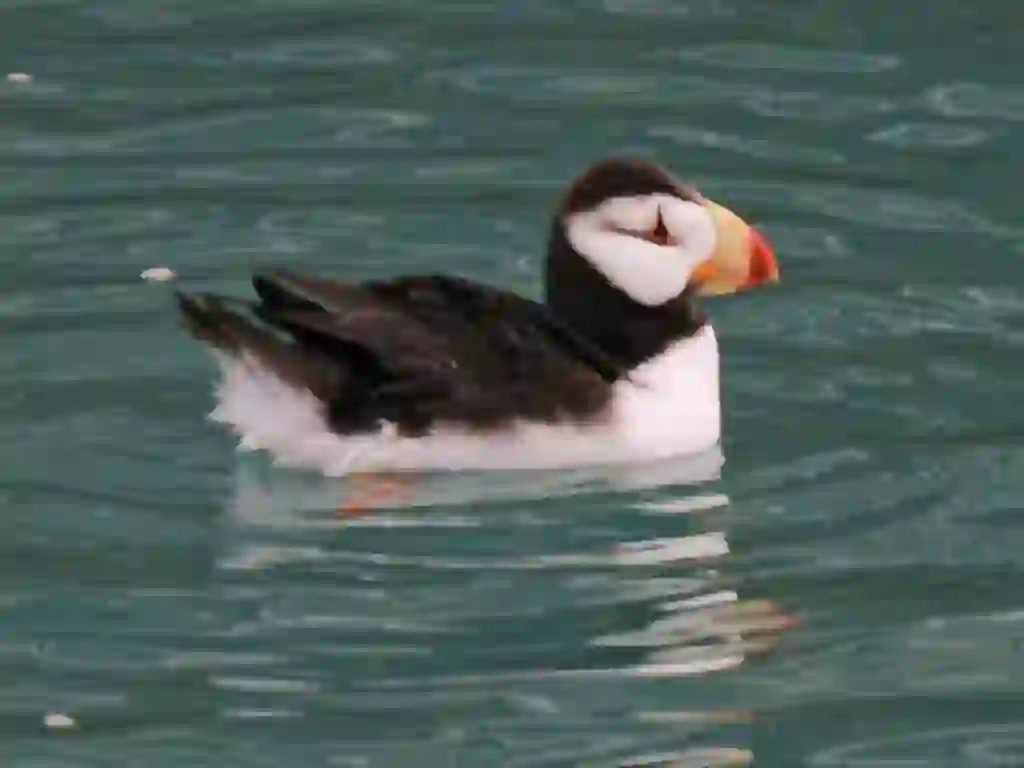
Q, What is the difference between Horned Puffins and Atlantic Puffins and Tufted Puffin?
At first glance, Horned Puffin, Atlantic Puffin, and Tufted Puffin look very similar, but there are differences when you look closely. Let’s look at the picture and find the differences. Horned Puffin.
Atlantic Puffin.
Tufted Puffin.
Answer: They differ in body size and where they live, but the differences that can be seen are as follows: ・The horn-like markings around the eyes are different.→Horned Puffin’s markings are longer than Atlantic Puffin’s. ・The color and pattern of the beak are different. ・Tufted Puffin has decorative feathers on its head. ・Horned Puffin and Atlantic Puffin have black backs and white bellies, while Tufted Puffin has black backs and bellies.

Q, What are puffins eating?
Atlantic Puffins eat small fish, crustaceans (such as herring, sand lance, and squid), and plankton.
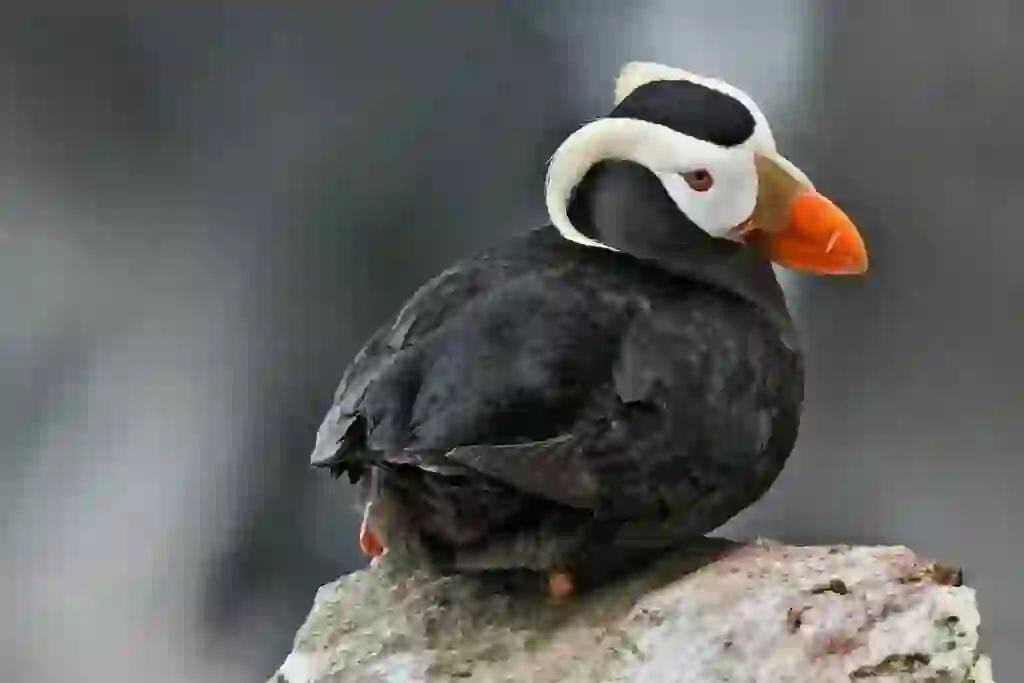
Q, How do puffins catch fish?
Puffins have webbed feet and are excellent swimmers. They swim as if they were flying in the air, using their webbed feet and wings. Puffins can dive up to 60 meters deep, so they can catch small fish such as herring and sand lance underwater. After catching fish, they fly back to their nests where their chicks are waiting with many fish in their beaks.
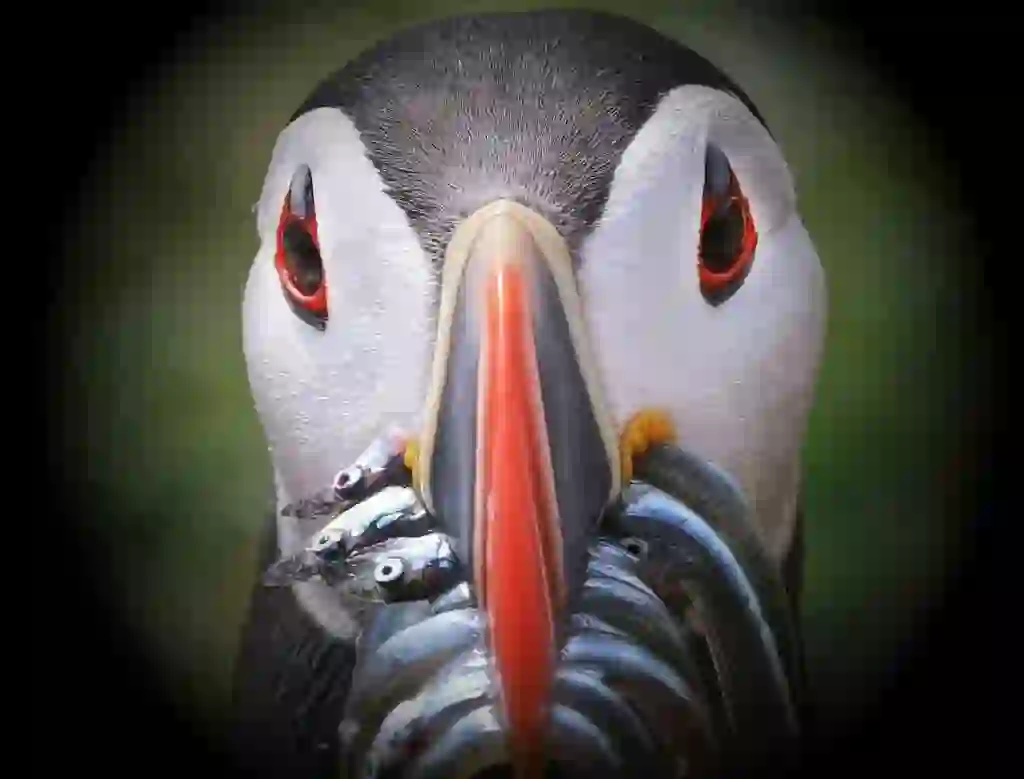
Q, How can a puffin hold so many fish?
Puffins can catch many fish at once because of their beaks and tongues. There are thorn-like structures on the back of the tongue and beak that can hold the caught fish in place, and they can catch another fish with their upper and lower beaks.
In addition, there are soft yellow wrinkles called “flower decorations” at the corners of the puffin’s mouth (where the upper and lower beaks meet), which allows them to open their mouths wide and catch a large amount of fish. The edges of their beaks are serrated, so they can firmly hold the fish and carry them to their chicks. In past surveys, some puffins were found to have caught as many as 60 small fish at once!
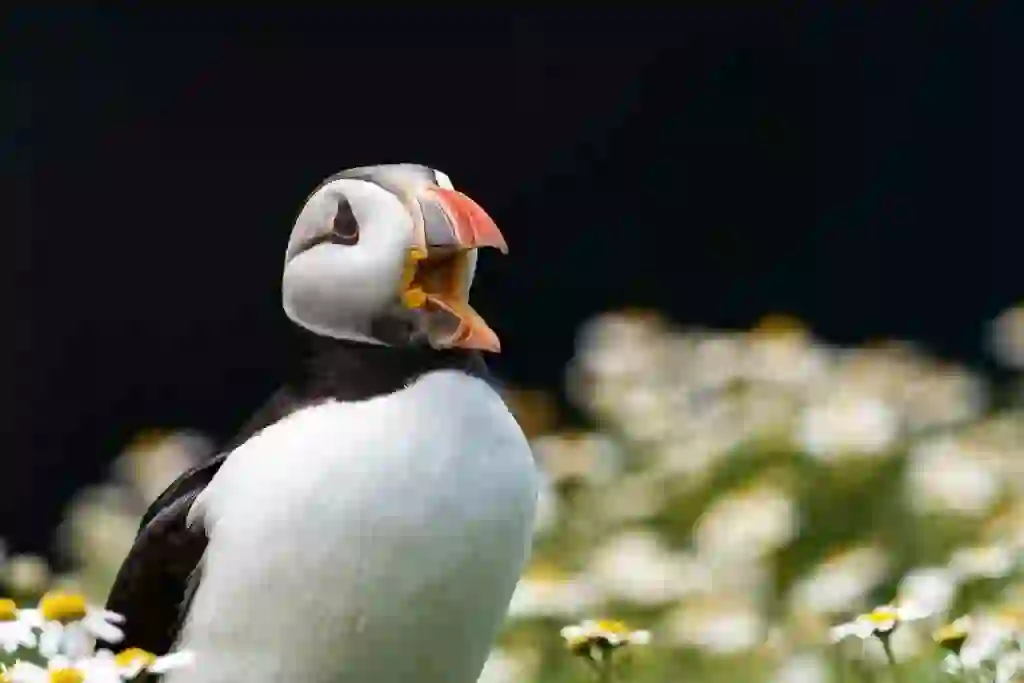
Q, Are puffin couples really love?
Yes. Puffins are monogamous and are said to stay together for life once they become a couple. Puffin couples live in the far sea except during the breeding season, when they reunite with their partners every year, return to the same burrow, and compete for mates by tapping their beaks together. When a couple is formed and the female lays one egg, the couple takes turns incubating the egg. They also raise their chicks together.
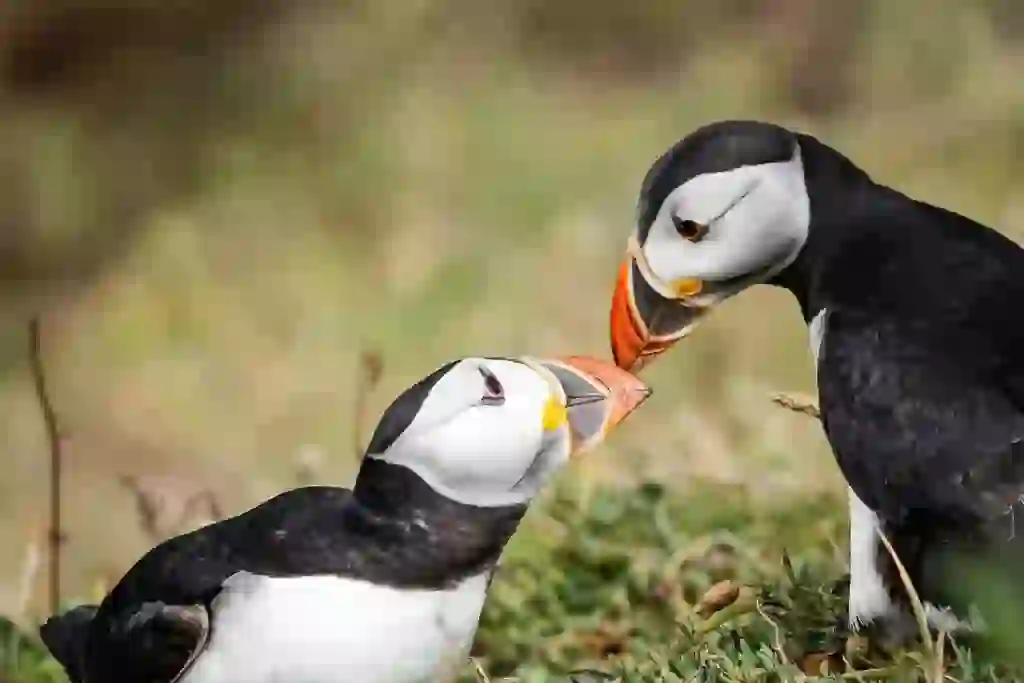
Q, Do puffin couples live separately in winter? How do we meet again?
Here, let’s talk about the life of Atlantic Puffin couples living at sea during non-breeding seasons and their reunions in Iceland. When chicks become adults (birds), around mid-August to early September, puffins leave their breeding grounds to spend the winter in warm seas until the next breeding season. During this time, puffin couples live separately or in small groups.
Around April, puffins head to the island where they were born. They spend a few days on the sea nearby without landing and look for their partners. Puffins that reunite with their partners land together, while those who cannot reunite at sea meet their partners in their own burrows. The first couple lands and creates a nest.
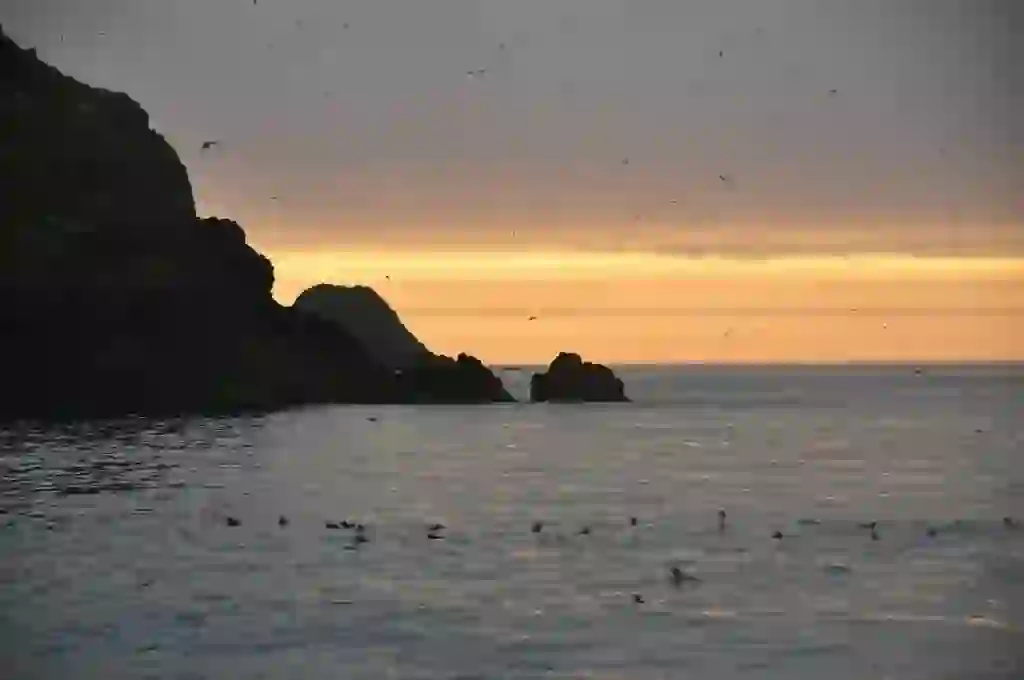
Q, Why do puffins nest on cliffs?
Puffins catch fish to feed their chicks and carry them to their nests. Therefore, they create burrows on cliffs facing the sea so that they can quickly go out to sea and return.
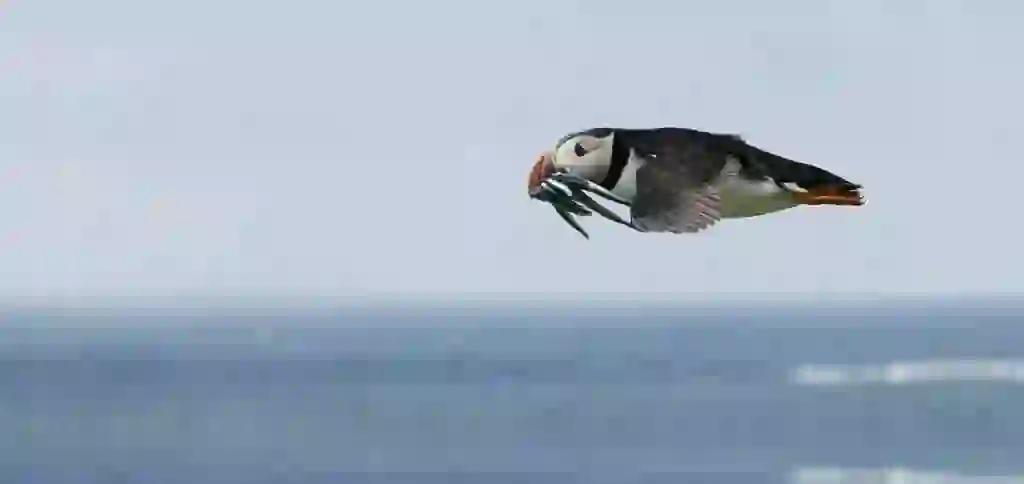
Q, Puffins look like penguins, but are they related to penguins?
Their white bellies and black backs and their waddling gait are similar to penguins, but penguins belong to the Sphenisciformes family, while puffins belong to the Charadriiformes family, which are different types of animals. Penguins can swim but cannot fly. However, puffins can both swim and fly. There are also significant differences in their habitats: penguins live only in the southern hemisphere, while puffins live only in the northern hemisphere.
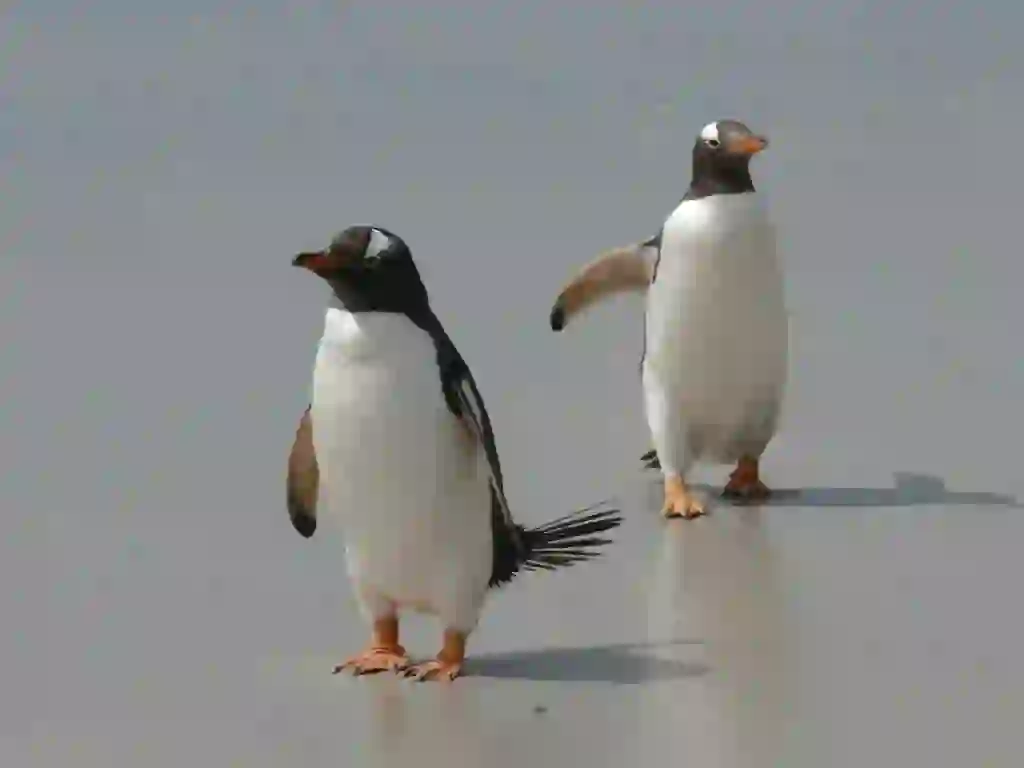
Q,How fast does a puffin fly?
When flying, puffins can reach speeds of up to 80 km/h, and when swimming in the sea, they swim at speeds similar to those of fish. Let’s watch a video of puffins swimming at Nasu Animal Kingdom.
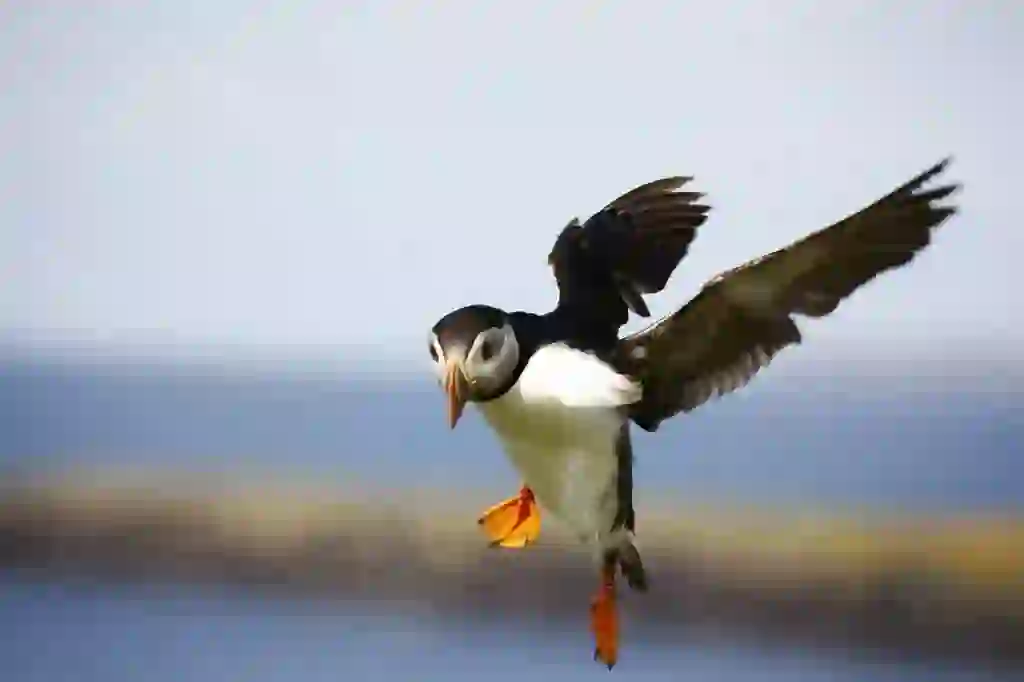
Q, Is there still something so great about puffins?
Yes. Although it is not yet clear, according to the results of a study by the US National Academy of Sciences, two puffins were observed holding sticks in their beaks and scratching their bodies. This may indicate that puffins have the ability to use tools. In addition, there is a research result that the puffin’s beak shines when exposed to ultraviolet rays, and research is currently underway on this as well. There seem to be many secrets hidden in the body of the puffin!

Q, What kind of voice does a puffin call?
Puffins make loud noises in colonies at their breeding grounds, but they don’t make much noise on the sea. Listen to the sound of puffins at Nasu Animal Kingdom.
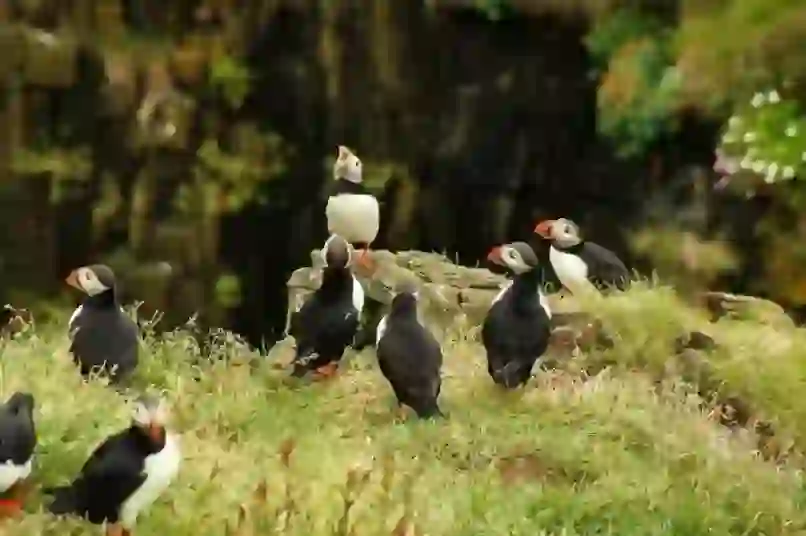
Q, When I saw a puffin at the zoo, the face and beak color were not very beautiful, but was it dirty?
No, it’s not dirty. Wasn’t it not cold when you went to the zoo? Actually, the puffin’s beak is only bright and colorful during the breeding season (spring to summer).
When they become winter plumage, their faces turn gray, and their bright and colorful beaks fall off and change to dull-colored beaks.
When they survive the winter and warm up again to welcome the breeding season, their dull-colored beaks change to bright and colorful ones, and their faces become white.

Q, Where can I go to meet Puffin?
When it comes to observing wild Atlantic Puffins, Iceland is a recommended destination. There are various tours available to observe puffins from lake cabins and other locations. Tours to see puffins are also held in Newfoundland, Canada.
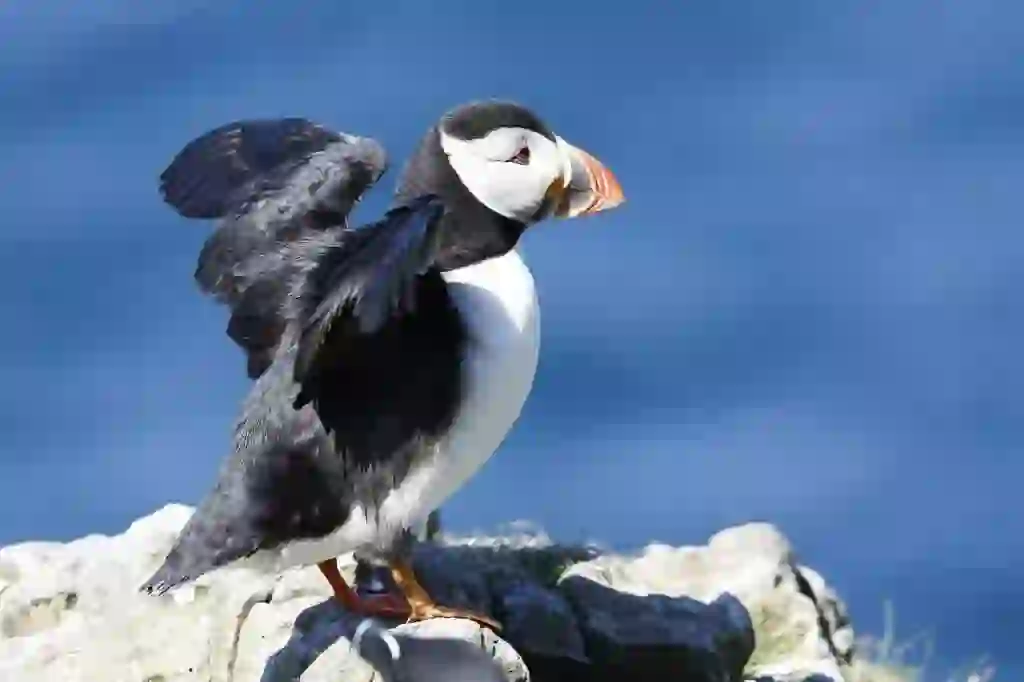
Q,Can you meet puffins in Japan?
Yes, there are zoos in Japan where you can meet puffins. I will list below the zoos where you can meet puffins, so please go and see them! There is only one zoo where you can meet Atlantic Puffin. ・Nasu Animal Kingdom, Tochigi Prefecture. https://www.nasu-oukoku.com/ There are 5 zoos where you can meet Tufted Puffin. ・Aquamarine Fukushima, Fukushima Prefecture. https://www.aquamarine.or.jp/animals/tufted-puffin/
・Aqua World Ibaraki Prefectural Oarai Aquarium, Ibaraki Prefecture. https://www.aquaworld-oarai.com/
・Kamogawa Sea World, Chiba Prefecture. http://www.kamogawa-seaworld.jp/aquarium/area/forest_etupirka.html
・Kasai Rinkai Park Aquarium, Tokyo. https://www.tokyo-zoo.net/zoo/kasai/
・Osaka Aquarium Kaiyukan, Osaka Prefecture. https://www.kaiyukan.com/area/exhibition/111.html

Would you like to become a part of the 'Animalbook.jp'?
Turn your knowledge into Q&A and share it with the world. ※Publication will be activated after purchase. Let's share information together!
Puffin Type of List
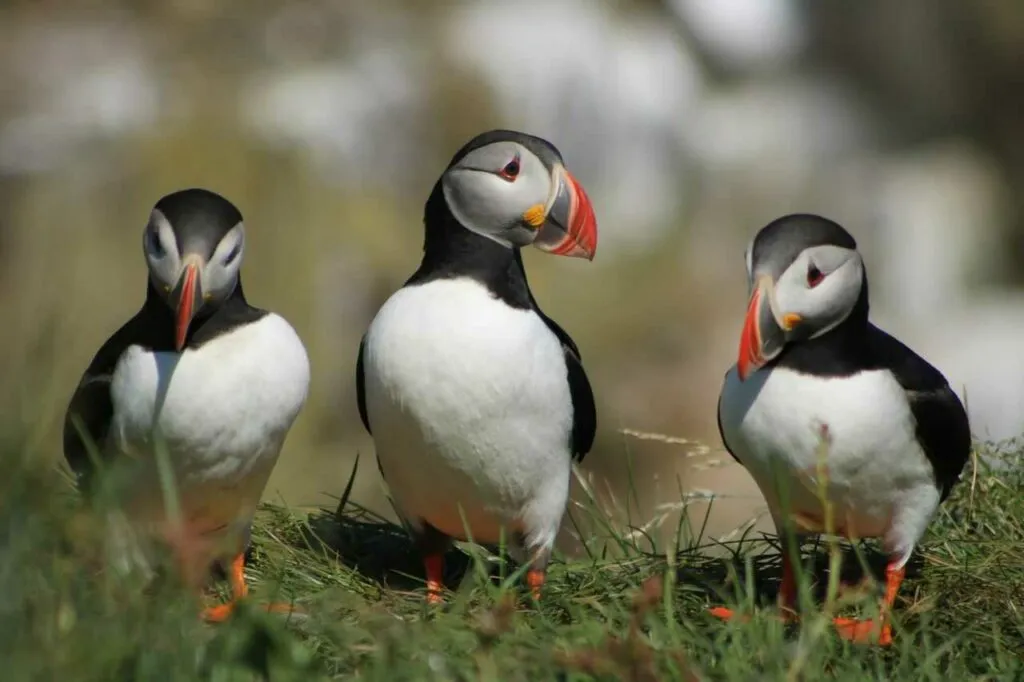
- Puffin
Information
Congratulations! You are the first commenter!

Create Your Favorite List!
Puffin
Save the animals you love! Build your own list to quickly revisit your favorites later.

Would you like to leave a comment?
※Please note: This is for the purchase of rights to post comments within the article.
Find Your Favorites!
Our shop offers a unique and attractive selection of goods themed around various animals.
Puffin References
Puffin Introduction of media used
動画提供:「那須どうぶつ王国」様 この動画は、著作者に掲載許可をいただいたものです。許可なく転載することを禁止します。
動画提供:「那須どうぶつ王国」様 この動画は、著作者に掲載許可をいただいたものです。許可なく転載することを禁止します。

出典:https://unsplash.com/photos/u_2QMDZIiAA

出典:https://pixabay.com/images/id-5020390/

写真提供:「八幡自然塾」様 この画像は、著作者に掲載許可をいただいたものです。許可なく転載することを禁止します。

habitat
写真提供:「八幡自然塾」様 この画像は、著作者に掲載許可をいただいたものです。許可なく転載することを禁止します。

出典:https://pixabay.com/images/id-5759684/

出典:https://pixabay.com/images/id-4727746/

出典:https://pixabay.com/images/id-5246026/

出典:https://pixabay.com/images/id-5170165/

出典:https://pixabay.com/images/id-644875/

出典:https://pixabay.com/images/id-337589/

出典:https://pixabay.com/images/id-5020388/

写真提供:「那須どうぶつ王国」様 この画像は、著作者に掲載許可をいただいたものです。許可なく転載することを禁止します。

出典:https://unsplash.com/photos/u7FL2WAmlpw

Help Enrich Our Animalbook.jp with Your Media!
We are constantly looking to expand and enrich our Animalbook.jp with amazing photos and videos of animals. If you have any media that you'd like to share, please contribute and help us showcase the beauty and diversity of the animal kingdom. Your submissions will be credited and featured in our encyclopedia, reaching a wide audience of animal lovers.


















